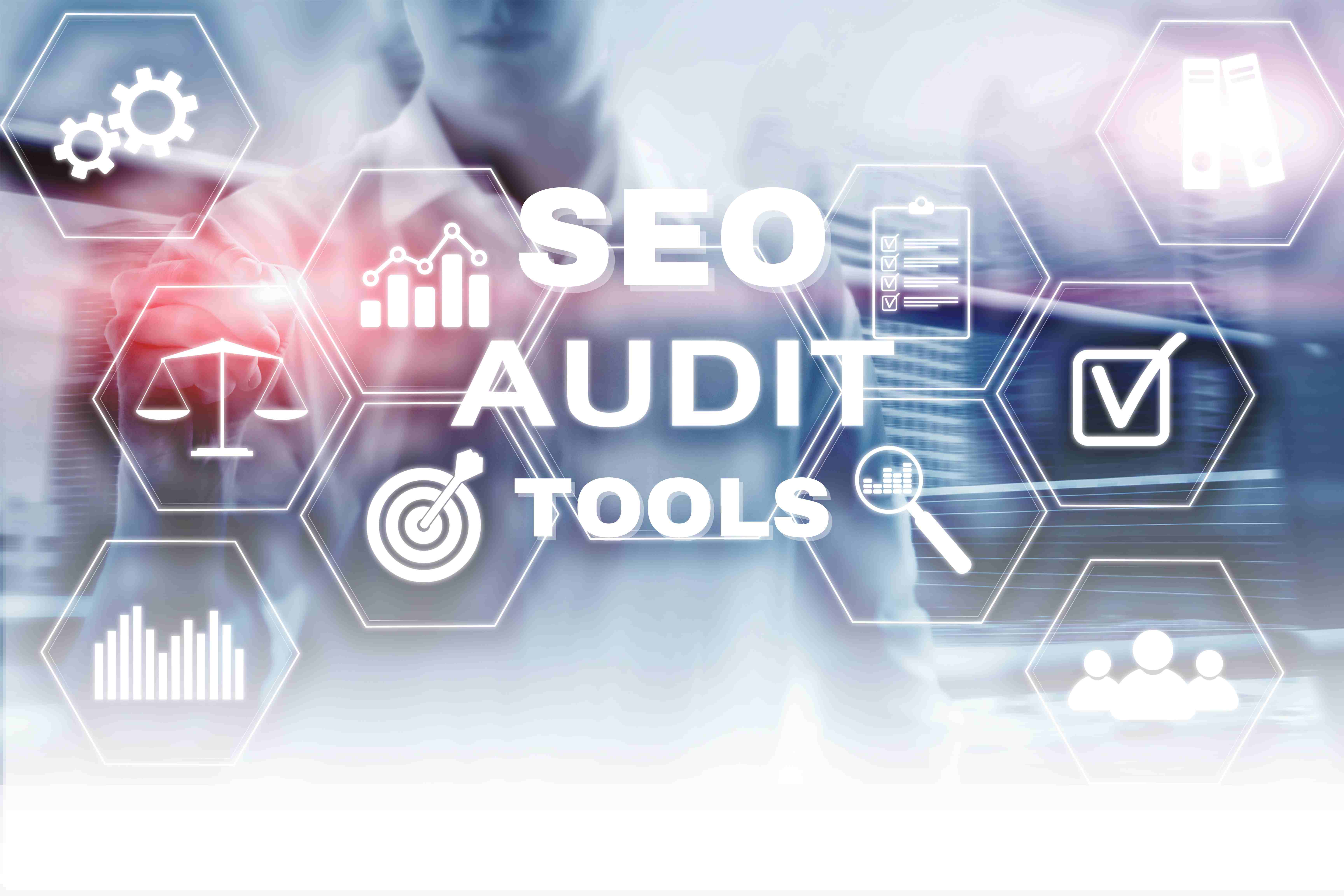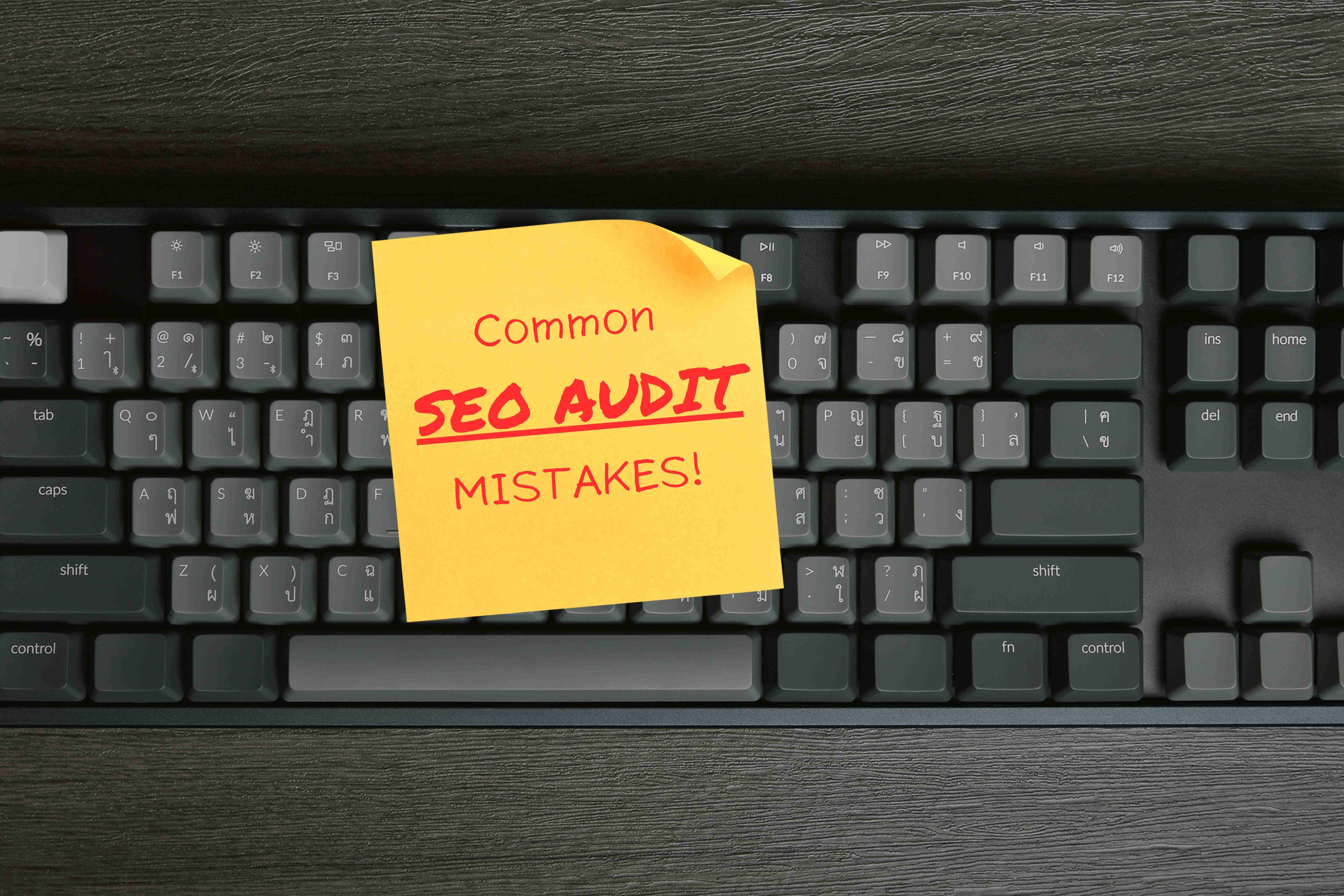In the fast-paced world of e-commerce, every second counts. Site speed plays a crucial role in determining the success of an online store, impacting user experience, search engine rankings, and ultimately, conversion rates. With Google’s emphasis on user experience and page speed as ranking factors, optimizing site speed has become essential for enhancing visibility and driving more organic traffic to e-commerce websites. In this comprehensive guide, we’ll explore practical tips for optimizing site speed for SEO, backed by actionable advice, real case studies, and insights into the latest SEO trends relevant to site speed optimization, SEO, and e-commerce websites.
TABLE OF CONTENTS
- Importance of Site Speed Optimization
- Actionable Tips for Ecommerce Websites
- Latest SEO Trends
- Conclusion and Don Hesh SEO Services
Understanding the Importance of Site Speed Optimization for SEO
Site speed is not just a matter of convenience; it directly affects user satisfaction and search engine rankings. Slow-loading websites frustrate users and increase bounce rates, resulting in lost opportunities for engagement and conversions. From Google’s perspective, faster websites provide a better user experience, and as a result, they tend to rank higher in search results. For e-commerce websites, where competition is fierce and attention spans are short, optimizing site speed is crucial for staying ahead of the curve.
Actionable Tips for Optimizing Site Speed on Ecommerce Websites
- Optimize Images: Compress and optimize images to reduce file size without compromising quality. Use image formats like JPEG or WebP and implement lazy loading to prioritize the loading of images that are visible to the user.
- Minimize HTTP Requests: Reduce the number of HTTP requests by combining CSS and JavaScript files, eliminating unnecessary plugins and scripts, and leveraging browser caching to store frequently accessed resources locally.
- Enable Browser Caching: Set up browser caching to instruct browsers to store certain files locally, reducing the need for repeated downloads and speeding up page loading times for returning visitors.
- Utilize Content Delivery Networks (CDNs): Implement a CDN to distribute website content across multiple servers worldwide, reducing latency and ensuring fast loading times for users regardless of their geographic location.
Latest SEO Trends Relevant to Site Speed Optimization and Ecommerce Websites
- Core Web Vitals: Google’s Core Web Vitals, which include metrics like Largest Contentful Paint (LCP), First Input Delay (FID), and Cumulative Layout Shift (CLS), have become critical factors in determining page experience and search rankings.
- Mobile Optimization: With the increasing prevalence of mobile browsing, optimizing site speed for mobile devices has become imperative for SEO success. Mobile-first indexing prioritizes mobile-optimized websites with fast loading times.
- Voice Search and Page Speed: As voice search continues to gain traction, users expect quick answers to their queries. Optimizing site speed ensures that your website can deliver fast-loading pages and provide a seamless user experience for voice search users.
Elevate Your Site Speed Optimization Strategy with Don Hesh SEO
At Don Hesh SEO, we specialize in providing expert SEO consulting and Google Ads consulting services to businesses looking to enhance their online visibility and drive organic traffic. As site speed optimization becomes increasingly important for SEO and e-commerce success, it’s essential to have a comprehensive strategy in place. Whether you need assistance with optimizing site speed, improving user experience, or developing a custom SEO strategy for your e-commerce website, our team of experienced consultants is here to help. Contact us today to learn more about how we can elevate your site speed optimization strategy and drive measurable results for your online store.



